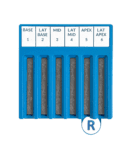Would you like to improve accessioning and grossing turnaround time and efficiency while saving your lab money? Lumea technology can help you accomplish this and more without needing to introduce expensive robotics. Read more to find out how.
Accessioning and grossing involve receiving patient specimens, assigning them an identifying number, measuring tissue, and entering detailed information about each specimen into a LIS. It takes a lot of time and resources. These processes also come with certain risks, like the chance of mixing up patient specimens and being exposed to carcinogens in the lab. Lumea’s BxCamera® reduces all those risks and enhances the lab experience. It runs an algorithm that auto-grosses tissue for faster, more accurate data.
Accessioning and grossing are expensive and time-intensive
In a clinical laboratory, grossing and accessioning are time-intensive processes. Many labs have to hire accessioning technicians whose job is to record samples. They have to handle and hand measure each specimen and manually enter the data into their LIS. The tools of their trade are tweezers and a ruler or well-trained eye.  The BxCamera takes accessioning to the next level. A laboratory technician simply places a specimen under the camera. An RFID reader links it to the correct patient encounter in the LIS.
The BxCamera takes accessioning to the next level. A laboratory technician simply places a specimen under the camera. An RFID reader links it to the correct patient encounter in the LIS.
Artificial intelligence accurately measures the entire surface area of the sample and uploads a picture of it to the patient case. Each image includes an outline of the grossed area for review. A 12-core prostate biopsy case can take anywhere between 30 minutes to an hour. Using Lumea technology, the same case can be accessioned and grossed in five to ten minutes. “We used to have to dictate into a microphone the numbers as we hand measured each specimen. Now, we put the specimen into this little camera, and it does all the work for us,” said Ann Mazurco, a histotechnologist.
Risk of mixing up patient cases
Every time someone handles tissue, there is a risk they might damage or mix it up, even when they are meticulous. Laboratory technicians take special precautions to ensure the right specimens stay with the right case. Although mistakes are rare if a patient is misdiagnosed and begins or delays treatment, there are potentially devastating and life-threatening consequences.  Our BxCamera helps labs the most when used succinctly with our tissue transportation device: the BxBoard®. Physicians or nurses place specimens inside a BxBoard instead of a formalin bottle for transport to the lab. Lab technicians place it under the camera for accessioning without removing the lid. Say goodbye to handling the tissue at accessioning. Then, tissue can remain in the BxBoard until it can be transferred to a cassette for processing.
Our BxCamera helps labs the most when used succinctly with our tissue transportation device: the BxBoard®. Physicians or nurses place specimens inside a BxBoard instead of a formalin bottle for transport to the lab. Lab technicians place it under the camera for accessioning without removing the lid. Say goodbye to handling the tissue at accessioning. Then, tissue can remain in the BxBoard until it can be transferred to a cassette for processing.
Laboratory technicians are exposed to large quantities of formalin, a carcinogen.
Many specimens arrive at a laboratory free-floating in bottles full of formaldehyde, a carcinogenic preservative. Every day at work, technicians are exposed to this substance. Unfortunately, those involved in cancer diagnosis and saving lives are at risk of cancer. This is where the BxBoard comes in to shine again. Inside the board, a sponge has just enough formaldehyde necessary to keep the tissue well preserved. Technicians place the specimen on the sponge and secure a tight lid to contain the fumes. This significantly reduces the amount of formalin fumes clinicians, nurses, and lab technicians inhale. Lab technicians can measure specimens in a BxBoard without needing to remove the lid.
If you are a laboratory looking to significantly improve specimen accessioning, look no further. We can help you save time, money, and resources and reduce risks and dangers in the lab. Lumea’s BxCamera and BxBoard can do all of this simply and easily. Interested? Request a free demo to learn more.

